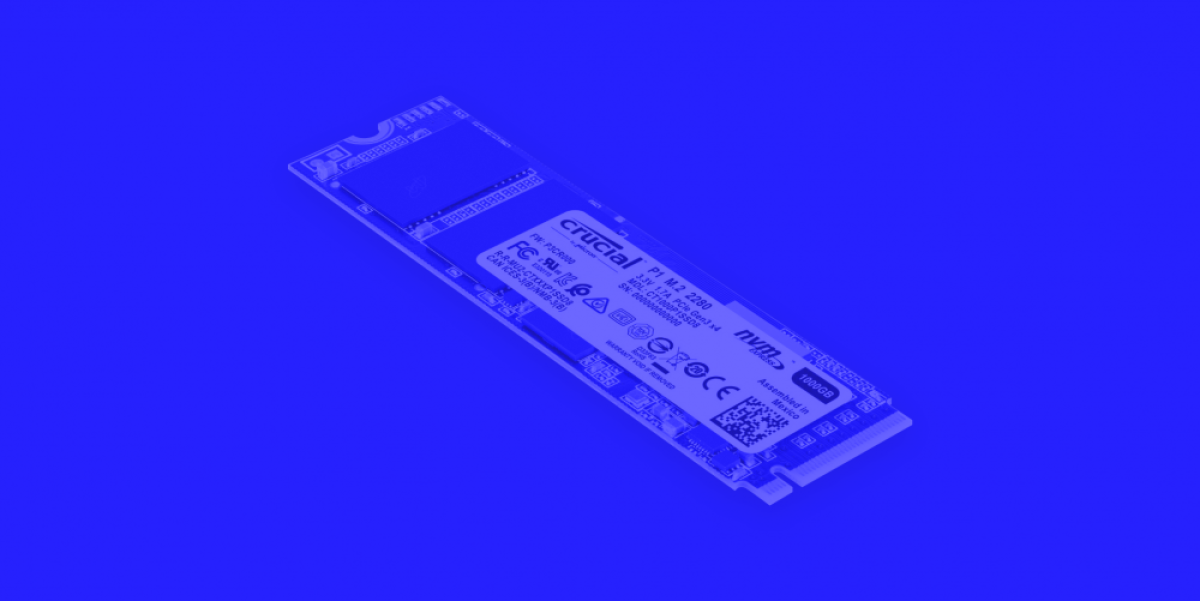
 Cart
Cart 


We very well know that every business relies on some form of data to function successfully. Most of the organizations strive hard to effectively handle the rapid growth of data and they have to truly reconsider of having effective and efficient systems set up to manage their storage. To cater such needs, NVMe (Non-volatile Memory Express) popped up. It is a high-speed storage protocol and a host controller interface that can accelerate the data transfer between enterprise, client systems, and SSD. In this article, let’s explore what is NVMe and why NVMe should be considered for your business.
What Is NVME And How It Works?
NVME is a cutting-edge technology that is successfully replacing SATA and SAS protocols. It focuses on processing high volume data for real-time analytics. It acts as a highly scalable storage, Non-Uniform Memory Access(NUMA) protocol connecting the host to the memory subsystem. The protocol is directly connected to CPU via PCle interface and is built on high-speed PCIe lanes. NVMe is capable of supporting 64k commands per queue up to 64k queues. Queues can effectively power up the parallel processing capabilities of multi-core processors. Some of the benefits of NVMe storage stack includes low latency, fewer clock cycles per I/O and small overhead.
NVMe allows sharing the ownership of queues, priority, atomicity of commands, arbitration mechanisms for multiple CPU cores as it is a NUMA optimized protocol. The SSDs of NVMe is capable of gathering commands and process them unfavorably to achieve a low data latency and high IOPS.
NVME For Business
As we said in the beginning, with the exponential generation of the vast amount of data and with the emergence of latest technologies like IoT, AI, Blockchain which requires an enormous data to be analyzed, stored and processed, accelerates enterprises to opt for a high-performance storage media. NVMe protocol is a non-volatile storage media which is uniquely built to deliver a high-performance computing environment. It can effectively eliminate the bottlenecks and scale up to meet the rising data demands.
As NVMe consumes very few CPU cycles when compared to SAS or SATA, NVMe enabled infrastructure will likely yield maximum returns. NVMe based systems are widely used in IoT processing and machine learning which requires high performing, low latency network to process, analyze and return the consumed data at higher computing rate.
NVMe can be widely used in data centers as it possesses capabilities to the demanding and time-sensitive requirements of a high-performance computing environment, cloud, portal data centers etc
Organizations deploying Big Data and OLTP relational database platforms need to handle extensive workloads and NVMe enables to make fast, real-time data based decisions. NVMe can also be employed for data backup or replication within compliance windows.
NVMe facilitates the management of virtualization clusters in heterogeneous workloads, databases, multi-tenant applications etc with ease by lowering TCO and by increasing VM density.
Apart from this NVMe also offers boundless prospects in automobiles, communication, medical, industrial, gaming, entertainment, commercial aviation etc
Highlights Of NVMe
NVMe is primarily designed for enterprise and client applications handling critical data. For proper utilization of NVMe, organizations should go for NVMe deployment considering the business and technical requirements. NVMe lets organizations to take full advantage of multi-core CPUs and allows to perform more with the data.
